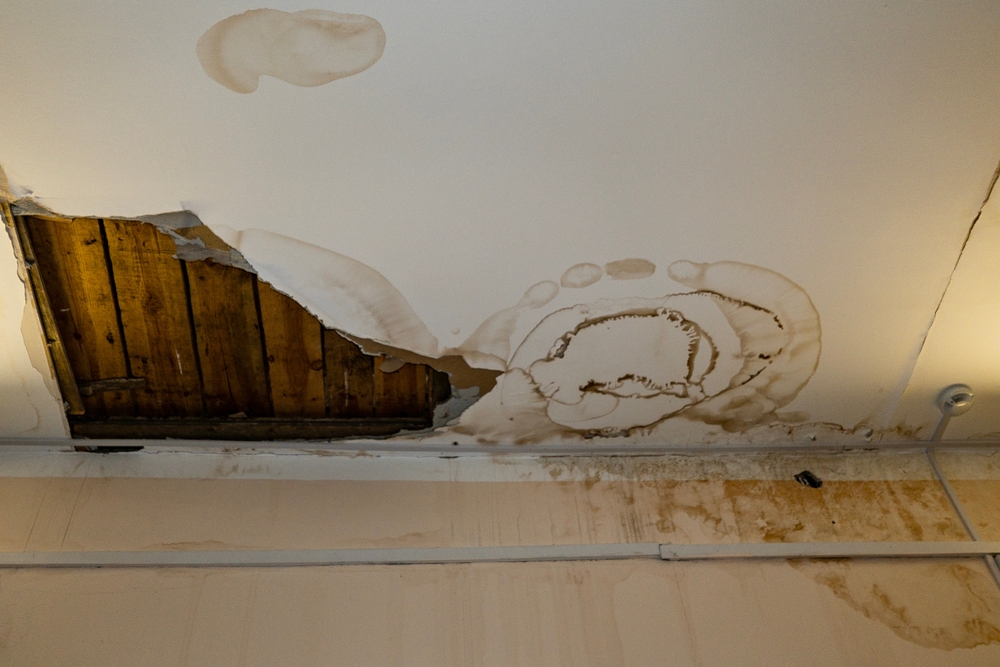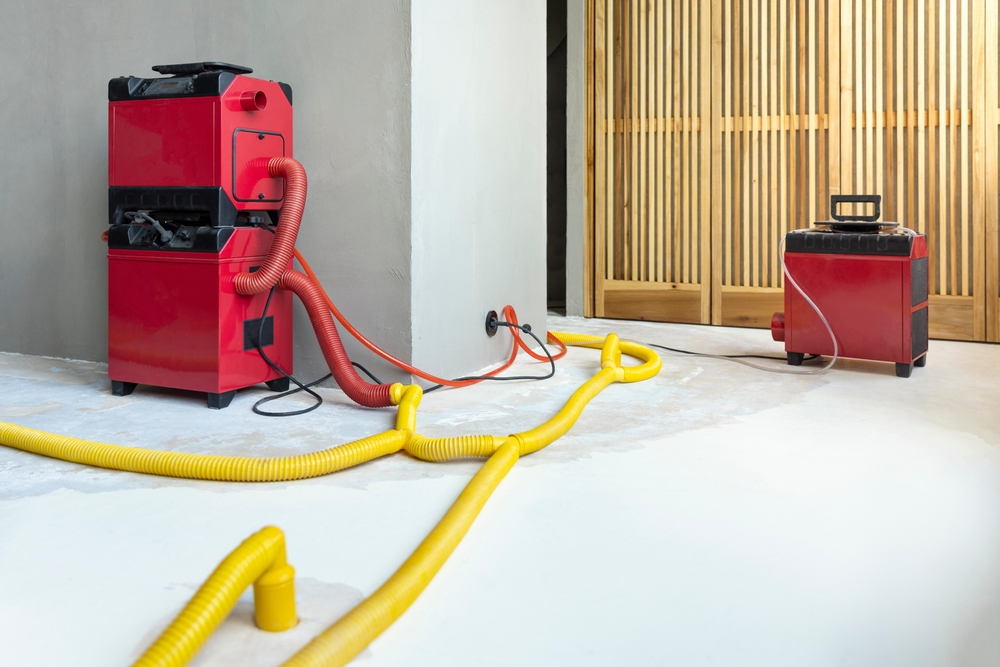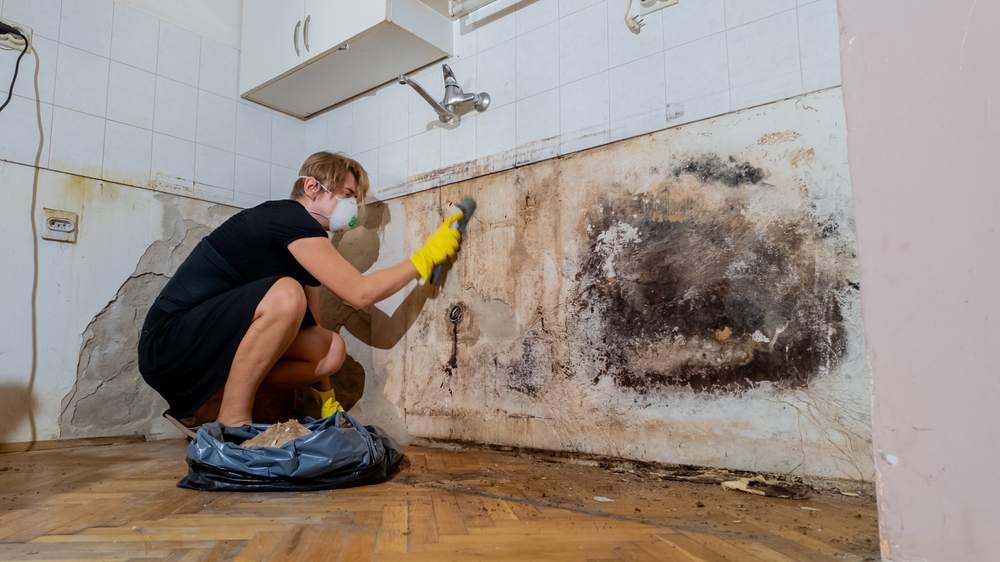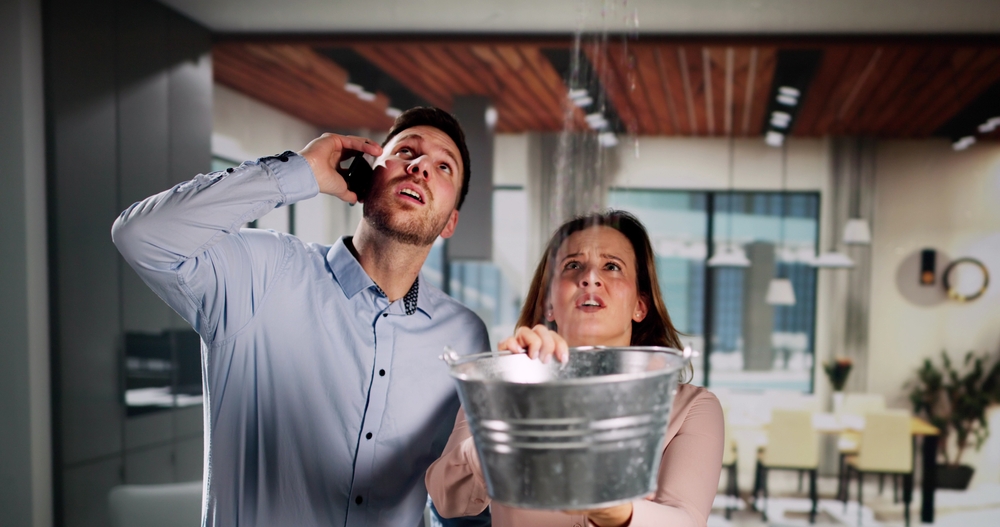Whether from floods, leaks, or burst pipes, water damage can strike in the space of a blink. When it happens the clock begins to run. Minimizing damage and avoiding increasing repair costs, structural degradation, and health risks depends on acting right away. This essay will discuss the need of quick response while address water damage in your home and highlight the risks of delay. Let us delve in.
Introduction
There are several ways that water damage in your house could originate from:
- Floods: Your house can be rapidly flooded by heavy rain or a ruptured water main.
- Leaks: Small leaks from a roof or plumbing can cause major water infiltration over time.
- Burst Pipes: Old or frozen pipes that burst can send a deluge of water into your home.
Water damage should never be taken for granted, from any source. The more you wait, the more serious the repercussions get; so, immediate action is absolutely necessary. This post will discuss the risks of postponing water damage restoration and provide useful advice on the actions you should do as soon as you find any indications of water incursion.

The Dangers of Delaying Water Damage Remediation
Ignoring water in your house not only causes it to evaporate but also provides a host for many issues. Here are the main risks involved in delaying repairs for water damage:
1. Mold Growth
- Water Equals Mold: Water makes the surroundings perfect for mold to grow. Mold spores might start to proliferate 24 to 48 hours after exposure, all around your house.
- Health Risks: Mold poses major health concerns rather than only aesthetic ones. Mold spores can aggravate allergies, cause other health problems including nasal congestion and skin irritation, and aggravate respiratory disorders. The hazards are considerably more great for vulnerable people including small children, the elderly, and those with impaired immune systems.
2. Structural Damage
Weakening Your Home’s Foundation:
Extended water exposure might seriously jeopardize the integrity of the construction of your house. Here is the method:
- Wood Rot: Constant dampness weakens timber beams, joists, and supports, therefore promoting their decomposition.
- Drywall Damage: Water-soaked drywall might lose its strength, which would cause walls and ceilings to slump.
- Warping and Cracking: Untreated water damage can cause insulation, flooring, and other structural components to deform, split, or perhaps collapse.
Long-Term Consequences:
The structural degradation raises more questions than only aesthetic ones. It might result in dangerous living circumstances and greatly reduce the value of your house over time. Early water damage can be addressed far less expensive than structural damage repair.
3. Electrical Hazards
- Risk of Shock and Fire: Water and electricity combine to be quite deadly. Water can cause short circuits when it comes into touch with electrical systems, therefore raising the possibility of fires and shocks. In places where water has seeped into floors, ceilings, or walls including electrical wire, this risk is very severe.
- Safety First: Before trying any clean-up or inspection, first give safety top priority by cutting off the power in the impacted area. Safely addressing electrical issues should always be sought for professional assistance.
4. Increased Repair Costs
Escalation of Damage:
If not taken care of right once, a minor, under control leak can rapidly become widespread water damage. As water expands:
- Cost of Repairs Rises: The more extensive damage results from prolonged water retention, increasing the repair expenses.
- Secondary Damage: Water can lead to secondary problems including structural damage and mold growth, therefore complicating and raising the repair costs.
- Insurance Complications: Sometimes water damage delays harm insurance claims since insurers could see irresponsibility as a contributing factor.
A Costly Lesson:
Early action might save you hundreds of dollars. Professional water damage restoration’s initial outlay is usually significantly less than the total cost of postponed repairs, replacement of damaged goods, and sometimes health-related costs.
Signs of Water Damage
Early recognition of water damage will help to avoid major damage. Look throughout your house for both obvious and covert indicators:
Visible Signs
- Water Stains on Ceilings and Walls:
Especially around windows, doors, or rooflines, discoloration or dark stains often indicate water incursion. - Musty Odors:
One often used sign of possible mold development and moisture accumulation is a constant, musty smell. - Visible Mold Growth:
On surfaces like walls, ceilings, or flooring, mold sometimes shows up as black, green, or white streaks. - Discolored or Warped Wood:
A sign that wood has absorbed water is discolored or warped wood—that is, wood that seems soft to the touch or twisted.
Hidden Signs
- Unexplained Musty Smells:
Even if you cannot see water damage, a musty smell could point to concealed moisture under flooring or within walls. - Increased Humidity Levels:
Rising indoor humidity in spite of dry weather could point to water incursion. - Sudden Increases in Energy Bills:
Your HVAC system must work harder when water compromises insulation, which increases energy use. - Discoloration of Carpets or Flooring:
Carpets and floors can show underlying water damage by minute color or texture changes.

The Importance of Immediate Action
You have to act fast when you find any indicators of water damage. Here’s how you should go:
1. Assess the Situation
- Identify the Source: Find out the water’s source. Is it a leaky pipe, a burst appliance, maybe a recent storm causing roof damage? Knowing the source facilitates the next action planning.
- Evaluate the Extent: Try to find out how much water damage there is generally. Does it cover the house or just one room? Although a cursory review will provide you a concept, professional evaluation could be required for latent harm.
2. Safety First
- Electrical Precautions: Turn off the power before entering any place impacted by water to avoid electrical dangers. Particularly when combined with exposed wire, water can cause dangerous situations.
- Shut Off Water Supply: To stop more water incursion, if at all feasible turn off the main water supply. This is particularly crucial should you believe there to be a busted pipe or serious leak.
- Personal Protection: When cleaning or looking over water-damaged areas, don safety gear including gloves and masks. Other hazards to health can come from mold and other pollutants.
3. Contact Professionals
Why Professional Help Matters:
While little water leaks might be under control on your own, major water damage calls for specialist knowledge. This explains:
- Specialized Equipment:
Professionals make use of sophisticated water extraction, drying, and dehumidification tools not common in most homes. - Thorough Inspection:
Trained experts can find concealed water damage that might otherwise be overlooked, so guaranteeing a full process of remedial action. - Health and Safety:
Once repairs are finished, experts can make sure your house is safe for living and are well-versed in managing mold removal.
Act Now:
Don’t wait to get in touch with a water damage restoration company upon initial problem indication. Early action can greatly minimize the degree of the harm and the related expenses.
The Water Damage Restoration Process
Knowing the expert restoration method will assist you to value the need of quick action. The following summarizes what to expect:
- Water Extraction:
- Professionals start with emptying any standing water using industrial-grade pumps and vacuums.
- Drying and Dehumidification:
- Specialized tools including air movers and dehumidifiers help to completely dry the impacted area. This stage is absolutely crucial to stop mold from spreading.
- Structural Repairs:
- Repair or replacement of damaged elements including flooring, insulation, and drywall helps your house to have structural integrity once again.
- Mold Remediation:
- Should mold be discovered, experts in mold remedial will remove contaminated items and treat the area to stop future development.
- Sanitation and Disinfection:
- The impacted locations are lastly cleaned and sterilized to guarantee a safe and healthy surroundings.

Conclusion
One should not minimize water damage as it is really serious. Delaying remedial action could have grave results:
- Mold Growth:
Rapid response helps stop the mold from spreading, therefore reducing major health hazards. - Structural Damage:
Extended water exposure can cause structural damage to your house, resulting in expensive repairs or maybe dangerous living conditions. - Electrical Hazards:
Unchecked water damage raises the likelihood of fires and electrical shocks. - Increased Repair Costs:
Longer water damage increases the cost of repair since it gets more costly.
Don’t delay if you believe your house shows any indicators of water damage. Evaluate the matter, give safety top priority, and quickly call expert water damage restoration companies. Acting fast will save you time, money, and stress as well as most crucially keep your house safe and healthy.
Philadelphia Restoration Services
https://www.google.com/maps?cid=3399342399556699153
+1 267 668 0013
https://philadelphiarestorationservices.com/


